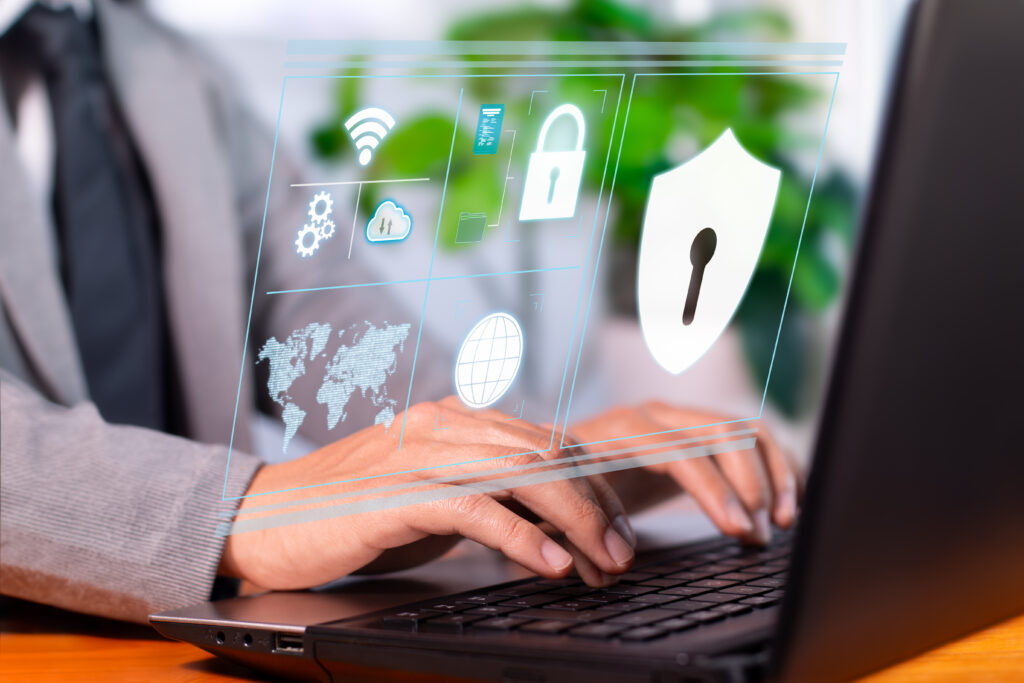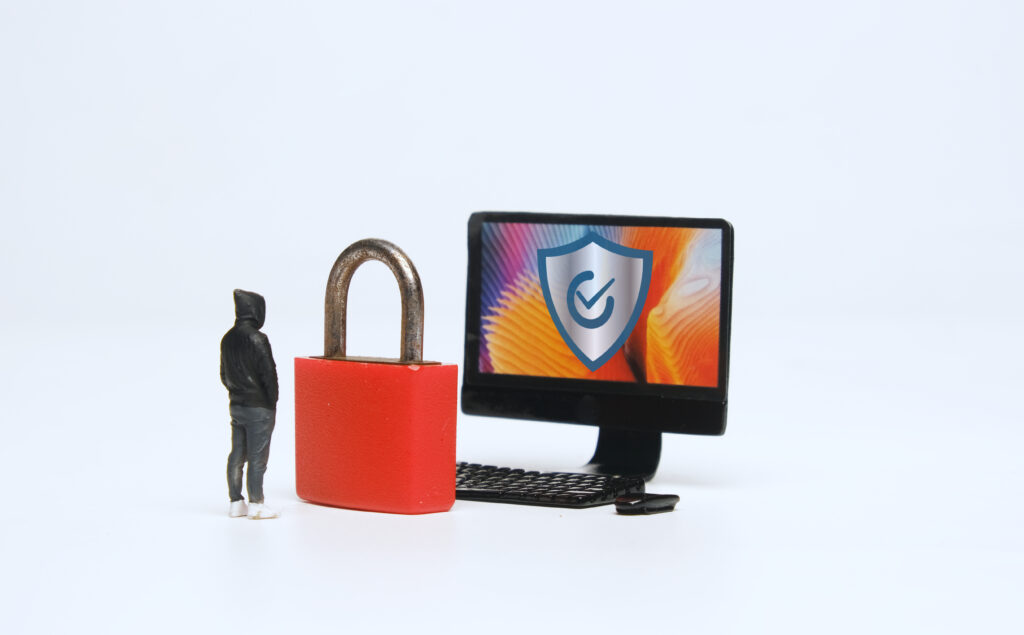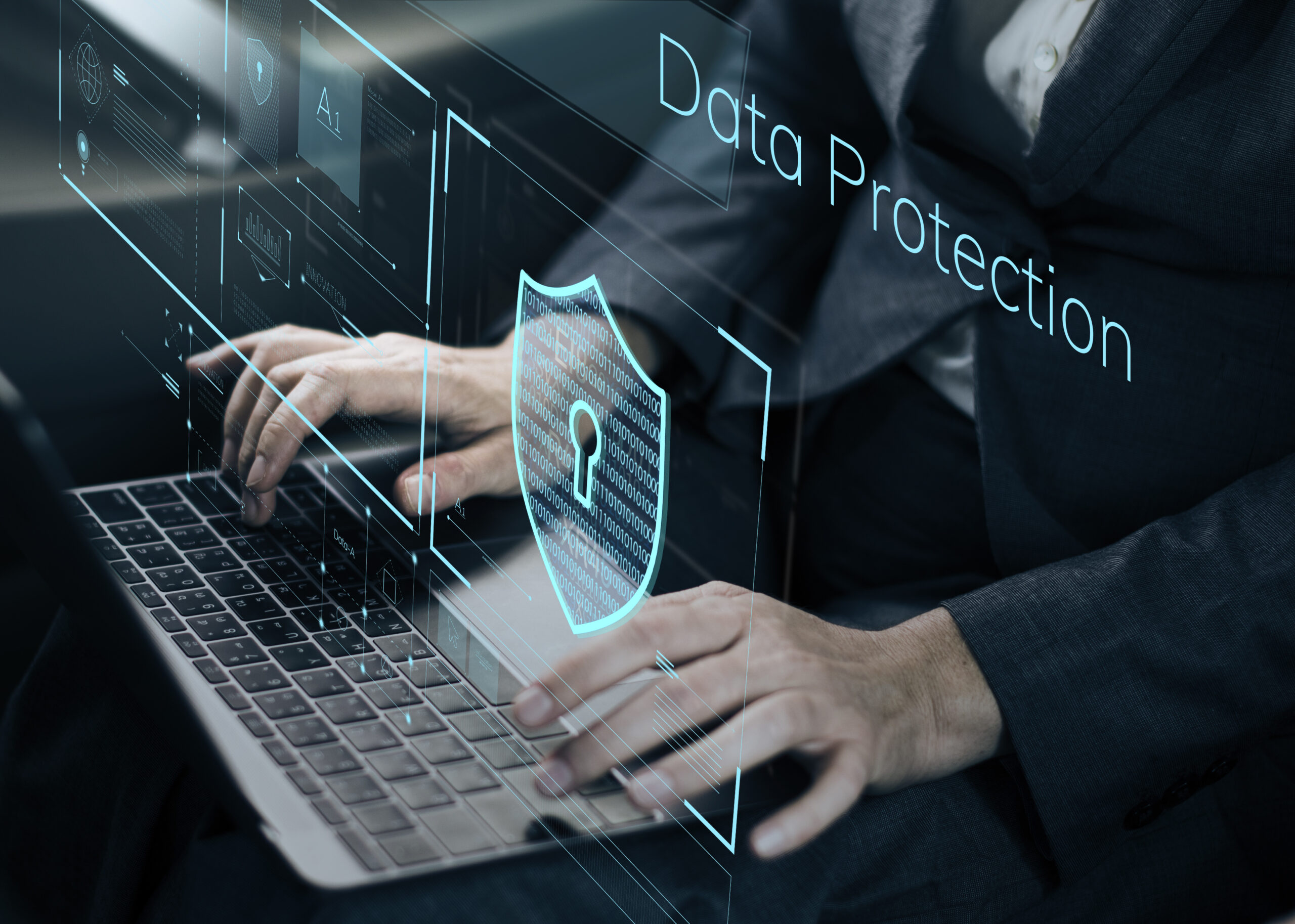The rapid rise of remote work has revolutionized the way we work, offering a better work-life balance. However, this shift has also ushered in a new set of challenges, particularly in the realm of cybersecurity. Companies of all sizes are grappling with new vulnerabilities. As professionals increasingly connect to company networks from outside the traditional office setting, safeguarding sensitive data and maintaining privacy for remote work security becomes paramount.
The virtual landscape brings unique challenges:
- Unsecured home networks: Employees working from home may inadvertently connect to unencrypted networks, making sensitive data accessible to hackers.
- Phishing attacks: Remote workers are often targeted with phishing emails due to increased screen time and potentially less access to IT support.
- Malware and ransomware: By downloading unauthorized software or clicking suspicious links.
- Data breaches: Caused by Human error, stolen devices, and weak login credentials.

How to Build a Secure Remote Work Culture:
Protecting data and privacy requires a proactive approach:
- Implement robust security policies: Establish clear guidelines for remote work security, including password management, data access, and acceptable software use.
- Provide ongoing security training: Regularly educate employees on cyber threats, phishing scams, and best practices for secure remote work. Also, equip them with antivirus software, firewalls, and encryption tools for their devices.
- Use secure communication tools: Choose encrypted platforms for video conferencing, email, and file sharing to minimize data vulnerability.

- Monitor and manage devices: Implement remote device management solutions to track, update, and secure company-issued devices to avoid known vulnerabilities.
- Zero-trust architecture: Where access to sensitive data is granted on a need-to-know basis, regardless of employee location or position.
- The Human Factor: Fostering a culture of security within your organization is crucial. Encourage open communication about security concerns, empower employees to report suspicious activity, and incentivize responsible remote work security practices. Your employees are your first line of defense, and their active participation is essential for a secure remote work environment.
Remember: Remote work security is a shared responsibility; it is a continuous journey, not a one-time destination. By promoting awareness, implementing strong security measures, and nurturing a culture of security, companies can empower their employees to work remotely with confidence, safeguard valuable data, and maintain efficient virtual workspaces. So:
- Keep your software up to date.
- Use a strong password and enable two-factor authentication.
- Use a firewall and antivirus software like reCAPTCHA.
